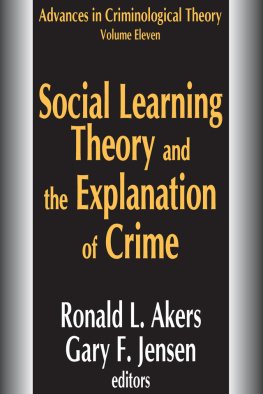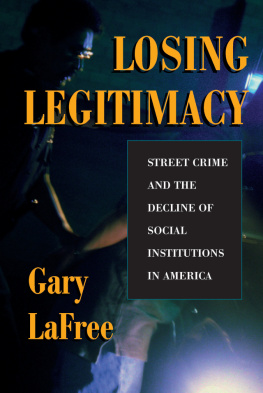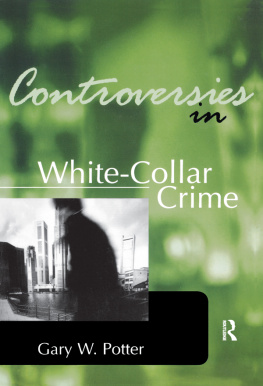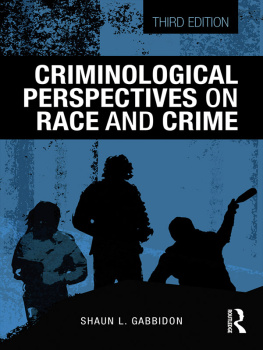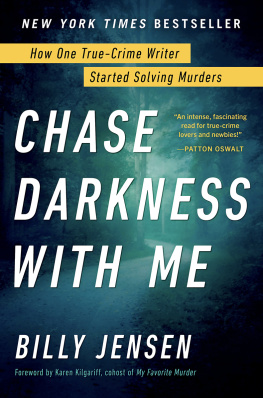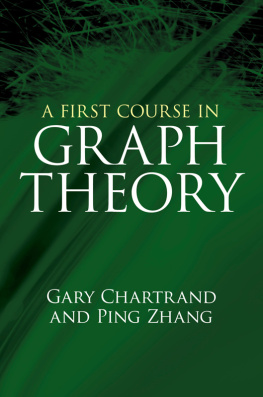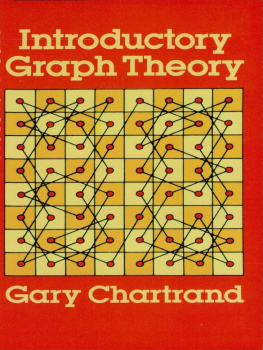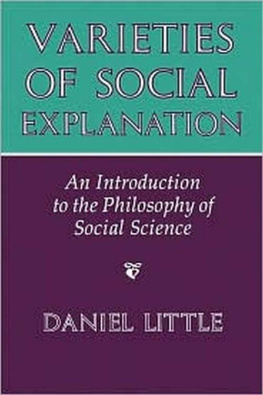Social Learning Theory and the Explanation of Crime
Editors
Freda Adler
Rutgers University
William S. Laufer
University of Pennsylvania
Editorial Board
Kenneth Adams
Sam Houston University
Celesta Albonetti
University of Iowa
James Byrne
University of Lowell
Albert K. Cohen
University of Connecticut
Simon Dinitz
Ohio State University
Delbert Elliott
University of Colorado
Hans Eysenck
University of London
James O. Finckenauer
Rutgers University
Daniel Georges-Abeyie
Florida State University
John J. Gibbs
Indiana University (PA )
Don Gottfredson
Rutgers University
Stepehen D. Gottfredson
Indiana University
Kate Hanrahan
Indiana University (PA )
Patricia Harris
University of Texas
Nicholas Kittrie
American University
Pietro Marongiu
University of California
Joan McCord
Temple University
Joan Petersilia
University of California:
Rand Coporation
Marc Riedel
Southern Illinois University
Diana C. Robertson
Emory University
Robin Robinson
George Washington University
Kip Schlegel
Indiana University
Stephen D. Walt
University of Virginia
David Weisburd
Hebrew University
Elmar Weitekamp
University of Tbingen
Advances in Criminological Theory
Volume Eleven
A Guide for the New Century
Social Learning Theory and the Explanation of Crime
Ronald L. Akers
Gary F. Jensen
editors
First published 2003 by Transaction Publishers
Published 2017 by Routledge
2 Park Square, Milton Park, Abingdon, Oxon OX14 4RN
711 Third Avenue, New York, NY 10017, USA
Routledge is an imprint of the Taylor & Francis Group, an informa business
Copyright 2003 by Taylor & Francis.
Chapter 13 Figures 13.1 and 13.2 are reprinted from Motivation and Delinquency (Volume 44 of the Nebraska Symposium on Motivation) by permission of the University of Nebraska Press. 1997 by the University of Nebraska Press.
All rights reserved. No part of this book may be reprinted or reproduced or utilised in any form or by any electronic, mechanical, or other means, now known or hereafter invented, including photocopying and recording, or in any information storage or retrieval system, without permission in writing from the publishers.
Notice:
Product or corporate names may be trademarks or registered trademarks, and are used only for identification and explanation without intent to infringe.
Library of Congress Catalog Number: 2002021139
Library of Congress Cataloging-in-Publication Data
Social learning theory and the explanation of crime: a guide for the new century
/ editors, Ronald L. Akers and Gary F. Jensen.
p. cm.(Advances in criminological theory; v. 11)
Includes bibliographical references and index.
ISBN 1-4128-0649-6 (alk. paper)
1. Criminology. 2. Social learning. I. Akers, Ronald L. II. Jensen,
Gary F. III. Series.
HV6018 .S67 2002
364dc21
ISSN: 0894-2366
ISBN 13: 978-1-4128-0649-7 (pbk)
Social Learning Theory and the Explanation of Crime: A Guide for the New Century
Ronald L. Akers and Gary F. Jensen
Over thirty-five years ago, Robert L. Burgess and Ronald L. Akers (1966), the senior editor of this volume, published A differential association-reinforcement theory of criminal behavior that integrated the differential association theory of the late sociologist, Edwin H. Sutherland, (1947) with reinforcement (operant conditioning) theory from behavioral psychology (Skinner 1959). Nearly thirty years have passed since the theory was elaborated and renamed a social learning theory in Akers Deviant Behavior: A Social Learning Approach (1973). It has been twenty years since the first major empirical test of full models of the theory was published (Akers et al. 1979). Over that span of time the theory has become standard fare in most textbooks and is among the most discussed and tested of contemporary theories of crime and deviance. Akers and others have continued to develop, elaborate, and test social learning theory on a variety of types of criminal, delinquent, and deviant behavior. The most recent theoretical development has been the attempt to link the processual variables in the theory to macro-level and meso-level social structural variables (see Akers 1998; 2000) in a Social Structure Social Learning (SSSL) explanation of crime and delinquency.
As guest editors of Volume 11 of Advances in Criminological Theory, we solicited papers that would continue both the theoretical and empirical elaboration of social learning theory in directions that would serve as a guide for the twenty-first century. The chapters were compiled both through direct invitation to authors and through submission in response to our general call for papers. By whatever avenue they reached this point, the chapters were produced independently and autonomously by the authors. They were not restricted to any one central theme or focus in social learning theory. Some of the authors inquired about different topics and the direction to be taken with their respective chapters, but most did not. None of the chapters was specifically commissioned to cover a given topic. As editors, we did not ask for a common format, set of issues, or topics. Rather, our aim was to allow the authors leeway to expose the theory to new empirical data and tests, explore different conceptual, theoretical, or applied issues, to relate it to other theoretical perspectives, or to examine any other aspects of social learning theory of crime and deviance that the authors wanted. The chapters afford many insights into, and raise many questions about, the social learning explanation of crime that we could not have devised or foreseen. This approach has produced variety, and each chapter can be read with profit separately and on its own. Nevertheless, certain themes and continuities have emerged as we have assembled the chapters for the volume.
We did only light editing of the manuscripts and did not attempt to reconcile or ask for rewriting to address disagreement we had with the authors, or disagreements and differences we may have found among the chapters. We do not respond to the critical comments on the theory, or address the questions that are contained in many of the chapters. Thus, our inclusion of a chapter in this volume does not mean that we necessarily concur with all aspects of its analyses or conclusions. The inclusion of a chapter does mean that we believe the contributor adds significantly to our knowledge about the value, problems, and prospects for social learning theory in criminology. The different chapters reflect the historical development of the theory, but move us beyond that. We believe they provide a guide for directions that social learning theory and research in criminology may take as we move into the new century.
In the resurgence of criminological interest in macro-level theory and ecological analysis, including social disorganization and anomie theories of crime and delinquency, it has been recognized that such explanations will ultimately be linked to micro-level processes. However, the major proponents of such approaches have either ignored social learning theory or mistakenly classified it under the label of cultural deviance theory (see Akers 1996). A long-term theme in the development of social learning theory has been the relevance of learning theory to macro-level explanations (see Akers 1973, 1998). In , we attempt to take additional steps towards a macro-level version of social learning theory by extending it to account for cross-national variations in homicide rates. We argue that there are continuities across levels of explanations and the variables that best fit national variations in homicide are those derived from social learning theory. Indeed, although a recent revival of ecological theory and research has been couched in terms of social disorganization theory, the actual variables encompassed in reformulated theories are those that can be inferred from a social learning perspective.


